The prevalence of Parkinson’s disease increases with advancing age. Around 1% of the population over the age of 65 is suffering from Parkinson’s. Don’t think the number is less. Considering the world population, it’s huge. With the changing lifestyle and increasing research, it’s getting common in India too especially among senior citizens.
It’s not only the tremor – shaking of hands and fingers. There are many other complications that a Parkinson’s patient suffers from on a daily basis.
It slows down movement. Doing a simple task becomes time-consuming and difficult. The muscles get stiff; you struggle to maintain posture and balance. Your speech as well as writing changes.
You may experience dementia and thinking difficulties which might also lead to depression. You might not able to smell anything or struggle to identify any particular odor. So, it is tough. It is tough for the caregivers as well.
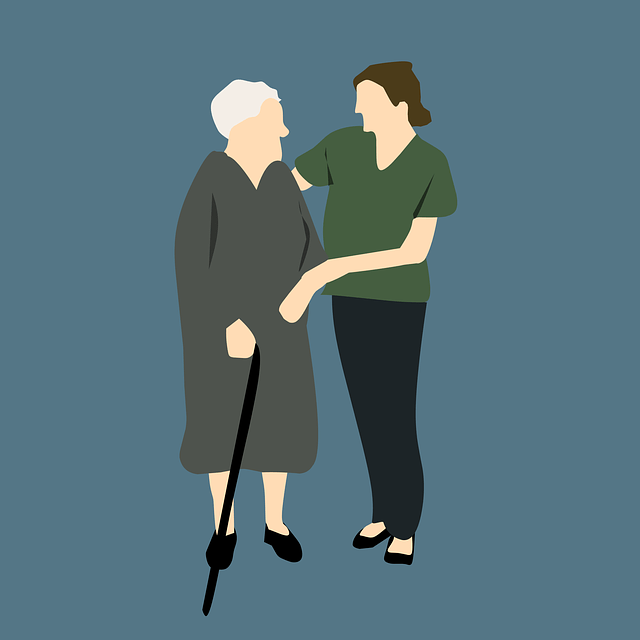
Therefore the Indian diet for a Parkinson’s patient should be planned to –
- provide balanced nutrition and energy
- improve dopamine levels naturally – scientists believe lack of dopamine causes Parkinson’s disease(PD)
- take care of Parkinson-induced regular health hazards like constipation, swallowing difficulties, chewing and eating problems, pain, fatigue, and managing hypotension (low blood pressure), etc.
Indian diet guide for Parkinson’s Disease (PD)
First thing first, there is no strong evidence that PD is reversible by any diet. However, if it is diagnosed early, a proper diet can slow down the progression, relieve the additional health hazards, and boost the ability to fight the symptoms.
The three most important points for PD diet guideline are –
- Quality and Quantity of food – What foods to eat? What foods to avoid? Which foods can improve dopamine levels?
- Frequency of foods –Intermittent fasting or small frequent meal – which is better for Parkinson’s patient
- Feeding technique – How to feed considering the Parkinson’s symptoms and to improve the efficacy of the medicine?
Quality of Indian food for Parkinson’s patient –
Recent Scientific evidence is pointing out the importance of dietary regulation to slow down the PD progression. A Parkinson’s patient-first needs a well-balanced diet for overall better health. After that few foods should be avoided and a few to be taken consciously in order to get additional benefits.
Carbohydrate –
Indian diet is generally carbohydrate based i.e we eat more rice, roti, etc than protein (dal/ fish/ egg, etc) or fat ( butter/ ghee/ animal fat, etc).
Cereals are the biggest source of carbohydrates in the Indian diet. Apart from cereal, some amount of carbohydrate does come from roots and tubers – potato, etc – kind of vegetables. If we introspect our modern diet, a huge percentage of carbohydrates also come from refined sugar and refined flour.
As a part of a balanced diet include unrefined or less refined cereal products at least 3-4 times in the daily diet. Remember 55-60% of the calories of the diet must come from carbohydrates.
Table 1 : Cereals that you should consider including in daily Indian diet of a Parkinson’s patient –
| Cereal | Cereal products |
| Rice | Puffed rice (Moori), Flaked rice (Chirwa), Popped rice (Khoi) |
| Wheat | Wheat flour (Atta),Semolina (Suji), Broken wheat (Dalia) Noodle, Pasta, Biscuits, Cake |
| Corn | Popcorn, Roasted corn, Boiled corn |
| Millets – Ragi/ Jowar/ Bajra | Ragi flour, Jowar atta, Bajra atta |
| Oats |
However, keep the diet clean from refined flour(maida), refined sugar, and hidden sugar. Therefore avoid ultra-processed and packaged foods.
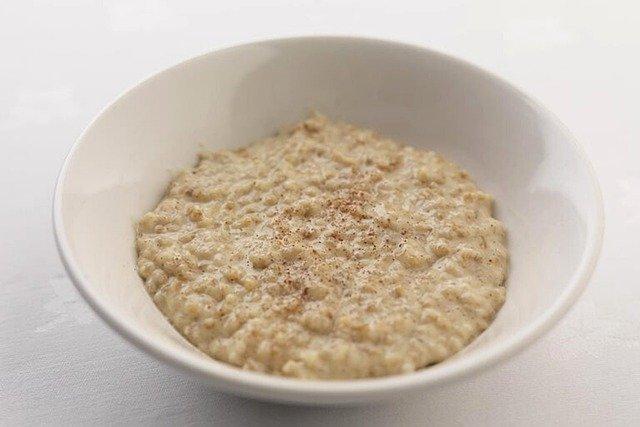
Table 2 : The form of carbohydrate and food to avoid for Parkinson’s patient
| Form of carbohydrates to be avoided | Products |
| Refined flour (Maida) Refined sugar | Biscuits, Instant noodles, Instant Pasta, Instant Popcorn, Instant breakfast cereal, Packaged cornflakes, Packaged muesli, Packaged instant fresh fries, Packaged momo/ dumpling |
Protein –
Since maintaining a balanced diet is the main concern for Parkinson’s patients, the diet must supply 0.8 g of protein per kg body weight. Absence or low protein in the daily diet will induce weight loss, muscle wasting, slow wound healing, etc.
The best possible source of protein for the Indian diet is pulses, legumes, soybean, milk and milk products, fish, chicken, egg, meat, etc.
Table 3: Type of proteins in Indian diet to include and exclude for Parkinson’s patient
| Type of protein to include | Type of protein to avoid |
| 2 bowls of dal a handful of sprouts A bowl of soy curry 1-2 glasses of milk 1 bowl of home set curd 1 bowl of homemade paneer 1 glass of buttermilk 1 whole egg 1 medium piece of fish 2-3 pieces of chicken |
Processed meat – Salami Sausage Hotdog Bacon Packaged instant fried chicken |
Carbohydrate and Protein – Maintain 7:1 / 5:1 ratio
Carbohydrates and protein both are essential in Parkinson’s diet. But what is more important is to maintain the ratio of carbohydrate: protein into 7:1 or 5:1.
When you are taking 7 parts or 5 parts of carbohydrate, include only 1 part of the protein in that meal. It has been seen that this ratio helps to act the medicine Levodopa better.
Scientists suggest Parkinson’s is caused by the deficiency of dopamine in our brain. Levodopa is the medicine used in most PD. Levodopa gets absorbed in our body crosses the blood brain barrier and form dopamine. Therefore it is essential for levodopa to work properly.
How meal timing can affect absorption of Parkinson’s medicine?
Levodopa has a similar structure to large neutral amino acids (LNAA) which is a form of protein. Levodopa and LNAA, both compete for the same transport system to cross the blood-brain barrier. Therefore if the meal contains high protein there is a chance that the competition will reduce the effectiveness of levodopa.
Carbohydrates found to be helpful for the absorption of PD medicine (Levodopa). Carbohydrate boosts the blood glucose level and insulin works on keeping the balance. When insulin starts its action, it lowers the action of large neutral amino acids (LNAA). This helps the medicine for better absorption.
Therefore it is better to distribute the dietary protein in small portions and consumed it along with the carbohydrate.
Also note, it is suggested to take the Levodopa either 30 minutes prior to a meal or after 2 hrs or in between two meals for its maximum efficacy.
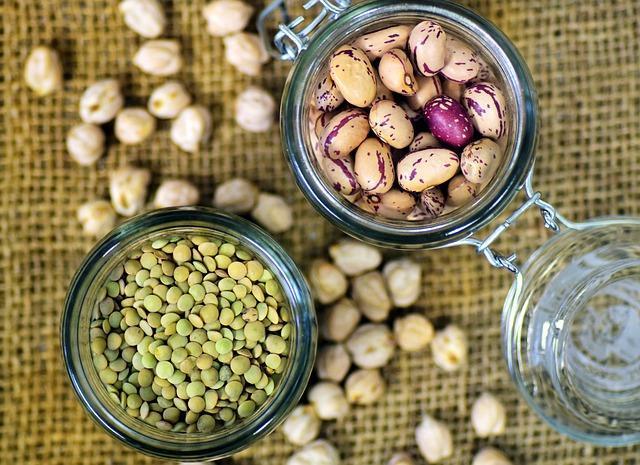
Fiber
Fiber is the indigestible part of plant food. It does not generate energy but crucial for a regular bowel movement.
Constipation is common for Parkinson’s patients due to side effects of medicine, low water intake, or the condition itself. Therefore daily diet has to be rich in insoluble fiber.
Insoluble fiber helps to increase the bulk and softness of the stool by absorbing water whereas soluble fiber helps to keep the blood pressure and blood sugar under control.
Table 4: Type of insoluble and soluble fiber in Indian food you must consider for the diet of a Parkinson’s patient
| Indian food source of insoluble fiber | Indian food source of soluble fiber |
| Green leafy vegetables The skin of other vegetables Skin of fruits The outer coating of grains (rice/ wheat/corn/ millet etc) Pulses (various kind of dal, rajma, chole, etc) The skin of nuts and seeds |
Fruit pulp Cereal – oats, oatmeal, white rice pulses Vegetables |
Try to have vegetables 2-3 times a day as a part of main meals – breakfast, lunch, and dinner.
Remember to consume 2 types of fruits every day – one citrus fruit (Lemon, orange, amla, mosambi etc) and any other seasonal fruit (banana, apple, guava, mango, chickoo, pear, watermelon, papaya,ber, pomegranate etc)
It’s better to have whole fruit instead of fruit juice. If the patient is unable to chew, then consider making fresh juice keeping the pulp in it.
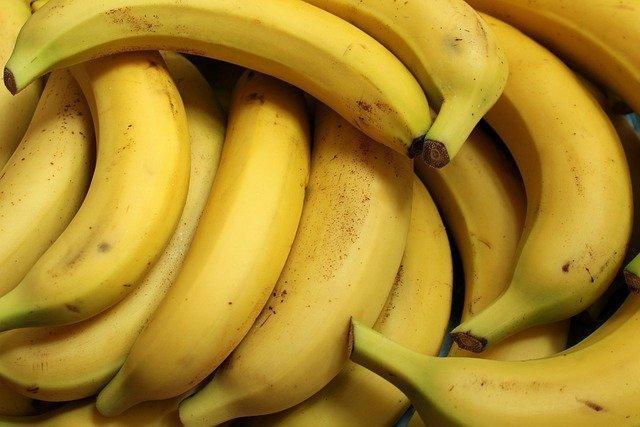
Fat
Lethargy is common in Parkinson’s patients. Apart from providing energy, fat is essential for the better absorption and utilization of vitamin A, D, E, K. Fats in food act as a lubricant and proved to be helpful for managing constipation.
However, there are good fats and bad fats. Generally fat, derived from plant origin considered as safe and good fat. Monounsaturated fatty acids, polyunsaturated fatty acids, omega 3 and 6 fatty acids in proper ratio found to be very effective for brain and nerve health.
Omega -3 fatty acid demands special attention here. There are multiple studies that show how conscious inclusion of omega 3 rich foods has been found to be beneficial for PD patients.
Flaxseed, walnut, fish oil are the best possible source to ensure the supply of omega 3 in the diet.
Besides this, various nuts and seeds, unrefined vegetable oil (cold-pressed or kachhi ghani), ghee, home churned butter in a controlled amount,s, etc are a great source of good fat.
Excess intake of saturated fat, PUFA, and omega 6 fatty acids found to be a matter of concern for increasing heart disease and inflammation.
Table 5: The good fat and bad fat of Indian diet for Parkinson’s patient
| The good fat for a PD patient | The bad fat for PD patient |
| Cold-pressed/ unrefined/ filtered cooking oil – kachhi ghani mustard oil, filtered groundnut oil/ sesame oil, cold-pressed coconut oil 1 tsp of home churned butter/ghee A fistful of mixed nuts and seeds 1 tbs of flaxseed A fistful of walnut 1 tsp- 1tbs of kaunch ka beej (velvet bean) |
Animal lard Refined oil Reheated oil High fat-containing meal Deep-fried foods Margarine |
Most common PD medicine- Levodopa needs to get into the transport system to cross the blood-brain barrier and start its action. However, before that, it must reach the small intestine for absorption.
Fatty food takes a long to leave the stomach and gets digested compared to protein or carbohydrate-rich food.
Therefore if the meal is rich in fat, delayed gastric emptying forces levodopa to stay in stomach and enzymes reduce it’s efficacy. Levodopa has a short plasma half life which disappears from blood within 60-90 minutes. So the medicine must reach blood brain barrier before this occurs.
Vitamins and minerals
Vitamin A, C, and E act as antioxidants. Free radicals are produced during our metabolic reactions, start roaming in the blood, and attack cells including brain cells and dopamine generating cells. Antioxidants break down the free radicals and protect cells from attack.
Vitamin C helps in wound healing, producing neurotransmitters, boost immunity, prevent infection, etc.
Vitamin D is also essential for calcium and phosphorous absorption. It also helps to keep the balance of calcium in blood, deposition in bone, and teeth.
PD patients are prone to frequent falls because of muscle stiffness and poor posture and balance. Strong bone is needed to avoid fracture.
Needless to say the importance of an adequate supply of calcium and iron in daily diet. When calcium helps to keep the bone strong, iron helps to transport oxygen throughout the body, essential for the proper functioning of the nerve and immune system.
Synthesis of dopamine requires magnesium. Therefore include magnesium rich food in diet.
A balanced diet can provide all types of vitamins and minerals without much effort.
Table 6: The best and worst source of vitamins in Indian diet suitable for Parkinson’s patient
| The best source of vitamins | Foods to be avoided |
| 3-4 times of cereals 2-3 times of pulses 2-3 times of vegetables 2 types of fruits 1 fistful of nuts and seeds Adequate use of good fat and oil 1 glass of milk/ curd/ paneer/buttermilk 1 portion of egg/fish/chicken etc |
Instant vegetable soup Packaged fruit juice Ready to cook curry |
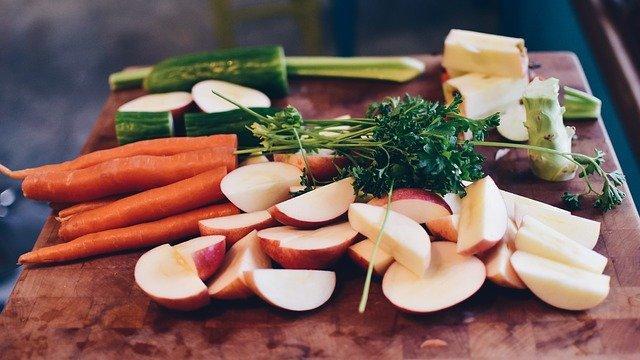
Water and fluid
PD patients are very prone to dehydration, and constipation. Therefore water and other fluid supply should be taken seriously. Plain water, coconut water, vegetable juice, fruit juice, etc are good choices to increase fluid intake.
Foods that naturally increase the dopamine level
Dopamine is the chemical in our brain that plays a major role in our memory, balancing mood, regulating cognition, attention, and learning. For Parkinson’s patients, there is a deficiency of dopamine. Therefore the main medicine used for this treatment is levodopa which forms dopamine after crossing the blood-brain barrier.
There are few foods that also help to boost the dopamine level in the brain. Needless to say, these foods draw special attention to Parkinson’s patient diet. Try to include these in your daily diet.
Table 7: Simple Indian foods that improve dopamine level naturally
| Foods | How to include in diet |
| Probiotics | Home set curd, buttermilk, fermented rice, kanji, Homemade pickle as a part of the meal. |
| Velvet beans/ Kaunch ka beej |
Add 1 tsp -1 tbs of this powder to porridge or any cooked food |
| Turmeric | Turmeric tea/ turmeric milk using turmeric root. don’t forget to add a pinch of black pepper for better absorption of curcumin. |
| Green tea | Take in between two meals. The amino acid L- theanine directly affects the brain. |
| Green leafy vegetables | High in magnesium. Include as a part of curry or as green juice at the breakfast |
| Black tea/ coffee | In between meals |
| Banana | 1-2 bananas, as a part of meal or in between meal |
NOTE- These foods generally interfere with the absorption of medicine levodopa. Therefore try to keep at least a gap of an hour before taking levodopa.

Frequency of food for Parkinson’s patient
Research suggests a restrictive diet has a positive impact on neurological diseases like Alzheimer’s and Parkinson’s disease.
Keeping an eating window of 8 hrs, regular 16 hrs fasting seems to be helpful for better brain activity.
A Parkinson’s patient can try to adopt intermittent fasting (IF) to improve the conditions. However, going slow will be definitely a smart move to make. Start with 12 hrs, i.e finish dinner by 8 pm and then break your fast next morning at 8. Gradually increase the fasting period to 13 hrs to 16 hrs.
You must remember to consume a balanced diet with adequate calories and nutrients (as per the age, ht, wt, body composition) during the 8 hrs of time.
If trying IF, you may have to take 3 square meals and let go of having snacks.
If the PD patient is having diabetes and hypertension, take the doctor’s and dietician’s advice before practicing intermittent fasting.
If the patient is not comfortable with IF, try small frequent meals. If the patient has difficulty in swallowing/ eating and also having a sleeping disorder, trying small frequent meals would be a better choice.
For small frequent meals split the general 4 times food into 6-7 meals and follow a feeding chart to complete the feeding cycle. For example, divide the breakfast, lunch, and dinner into two small parts. So offer pre-breakfast snack followed by breakfast and same with lunch and dinner.
Feeding technique of Parkinson’s patient –
There are five stages of Parkinson’s disease and every stage affects the eating pattern of the patient to some extent.
Table 8 : Stages of progression of Parkinson’s disease and it’s impact on eating pattern
| Stages of PD | Condition of patient | Eating Condition |
| 1 | The mildest form of Parkinson’s Symptoms are there but do not affect daily activity |
Patient can eat normal and on his own |
| 2 | A moderate form of Parkinson’s Stiffness, tremor is noticeable, The patient can live alone |
The patient can eat normally on his own but become slow |
| 3 | Middle stage, Major progression takes place Symptoms are more prominent, The patient becomes slow |
Patient eat extremely slow and struggle to finish the meal |
| 4 | Need assistance for every small action, The patient may need a walker |
Unable to eat on his own, difficulty in chewing, swallowing |
| 5 | Loss of ability to perform any basic daily activity. The patient is in a wheelchair, Experience extreme stiffness and no balance. |
Unable to eat on his own, difficulty in chewing, swallowing |
Early detection of the disease is always beneficial. It takes a few months to a few years to progress to stage 2. However, once the patient reaches stage 3, the rate of progression increases to many folds.
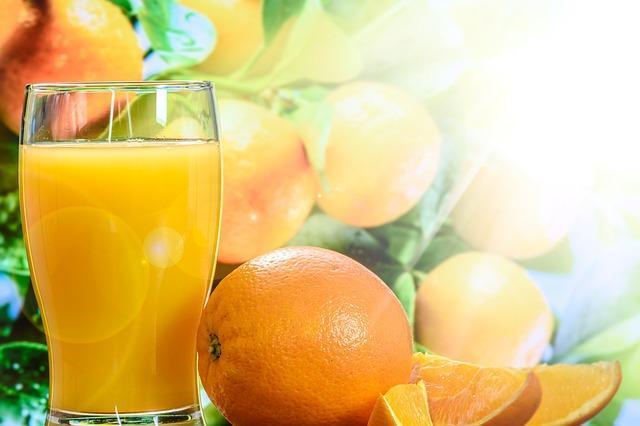
Symtoms that make the eating process challenging for PD patients –
- Dementia – People often forget the normal food combination (like rice with dal) and food eating order (like curd to be eaten at last)
- Constipation – Unclear bowel movement may create gas, stomach pain, irritability, loss of appetite.
- Difficulties in chewing – The patient eats extremely slow and then gets too tired to finish the entire meal.
- Difficulty in swallowing – Choking of food is very common
- Sleep attack – Patient feel extremely sleepy all of a sudden and tend to miss meals
- Hypotension – Sudden fall in blood pressure also put the patient in a serious stage. Immediate intervention with saltwater or proper saline water is necessary
As per personal experience, following these points will be beneficial –
- Focus on Nutri-dense meals instead of empty calories. Add 2-3 groups of foods together to improve nutritional value. Eg- homemade vegetable fruit juice, oats-banana smoothie, green juice, ragi water with buttermilk, sattu milk, etc are good choices. Add nuts and seed powder in porridge, a tsp of ghee in meal, peanut powder or sattu in milk, etc.
- In stage 2, when the patient is able to eat on his own, try to serve fewer items. Eg – Instead of giving rice-dal-2 types of vegetables -curd at a time, give only rice-dal-vegetables first. Let him finish, then give curd/ buttermilk. Watching your dear one messing with a food order is painful. So introduce food one by one.
- Give simple food. Avoid foods which need skills to eat eg – fish, chicken, drumstick, etc.
- The patient in stage 3, need assistance to feed. Since they become extremely slow, takes a long time to finish even a small amount of food. Therefore, the quantity of each meal gets compromised. It’s better to provide assistance to complete a proper meal.
- In stages 4 and 5, patients can’t eat on their own. They need to be fed. This is the time they also struggle to chew and swallow food. Therefore bring change in the food consistency. Semi-solid foods are best at this time. Porridge, smoothie, juice, etc anything in semi-solid to semi-liquid consistency is better.
- Keep giving water/ vegetable juice/ fruit juice in between two meals.
- Day’s patient is too sleepy or weak to eat, give supplements to meet the nutrient and calorie requirements.
- Remember the techniques/skills required to feed a one year child? You need exactly those to feed your dear one suffering from stage 5 Parkinson’s.
Best time to give levodopa?
There is a possibility of food-drug interaction which might reduce the potential of PD medicine levodopa. Try to give levodopa either 30 minutes prior to a meal or in between two meals to ensure maximum effectiveness.

Is diet enough to keep Parkinson’s in control?
NO, basic exercise even if with assistance, daily 20 minutes exposure to sunlight, and listening to music are the three basic things to do on daily basis. It is proved that they help to improve the dopamine level in the brain.
Good sleep is also one of the ways to uplift mood. However, most Parkinson’s patients struggle to get a good deep sleep.
Bottom Line
Parkinson’s is a degenerative progressive neural disorder that makes people cripple completely. It is not easy to fight with Parkinson’s neither for the patient nor for the caregiver. There are multiple symptoms that interfere with the eating pattern. However, a PD patient needs a normal balanced diet with adequate calories and nutrition. A regular Indian diet is fantastic to meet the entire requirement in Parkinson’s patients. Changing in food consistency and feeding technique is mandatory for a continuous supply of nutrition.

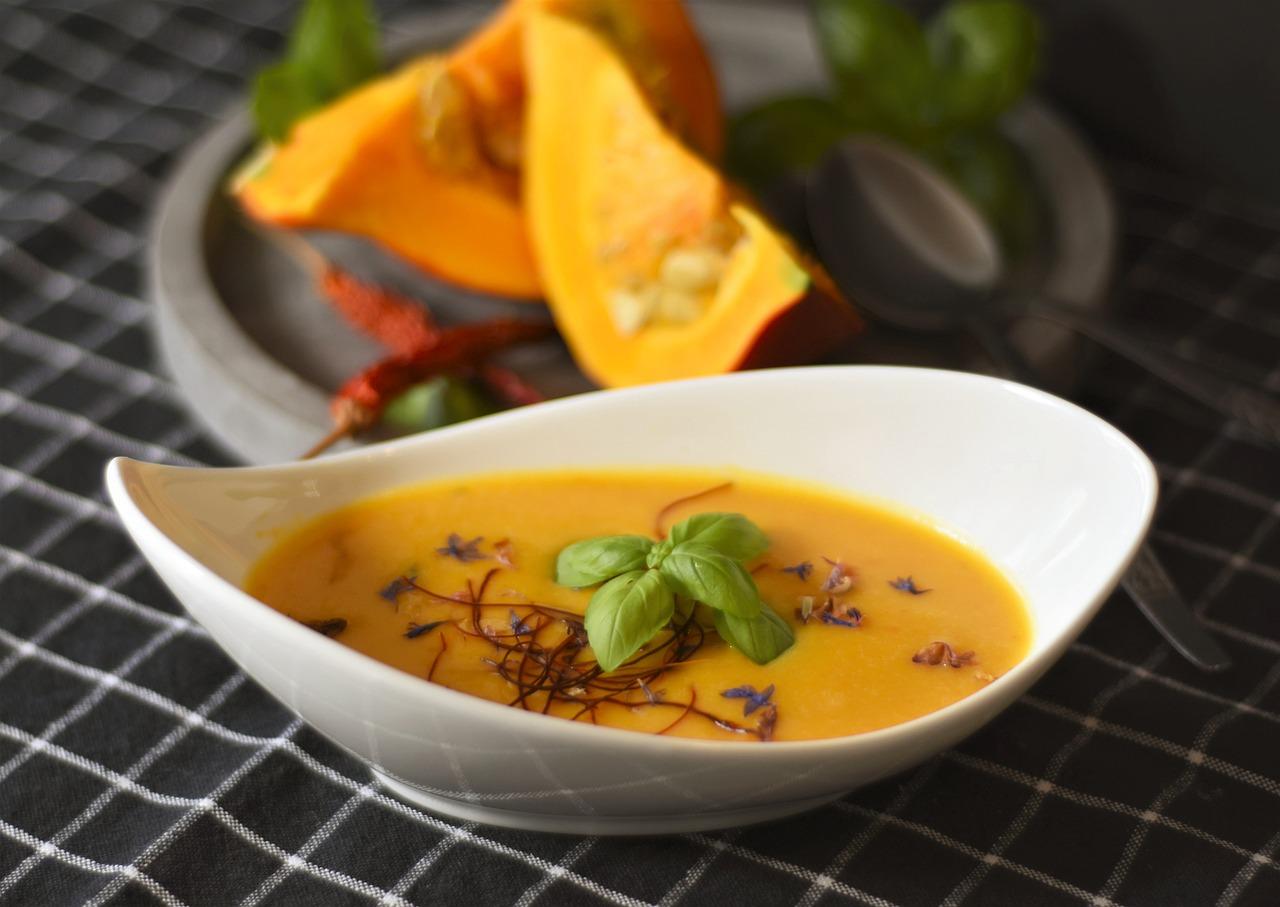
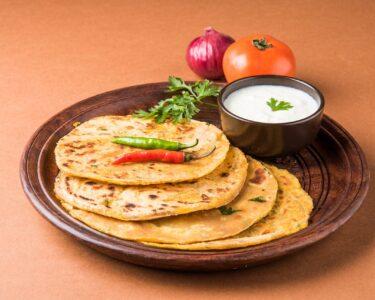
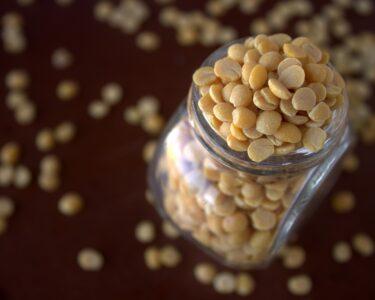

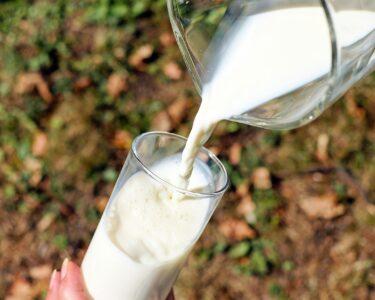
6 Comments